
Students in middle school need to be challenged with creative approaches that get them thinking and moving beyond rote responses. Creative technology projects done for a real purpose can engage them in the work necessary high-level content learning at this age.
Depending on your student's abilities, you may also want to explore sixth-grade lesson plans.
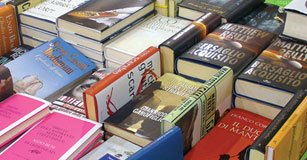
Students create a new cover design for a book they are reading to demonstrate comprehension and explore character, plot, setting, symbolism, and conflict.
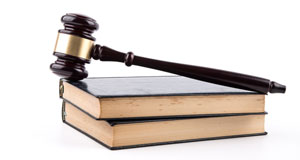
In this lesson, students build visual literacy and engage in close reading as they investigate the text and imagery on book covers to evaluate whether they are worth reading.
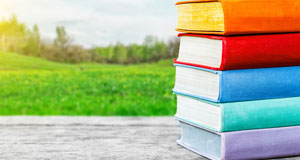
In this lesson, students investigate the potential of a book's characters, plot and themes and develop a proposal for turning it into a series.
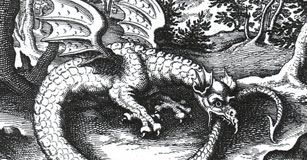
Students will create an eBook identifying and explaining the events in a hero's journey in a text they are reading.
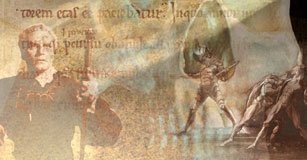
Students will create a digital scrapbook that showcases the viewpoint of the main character.
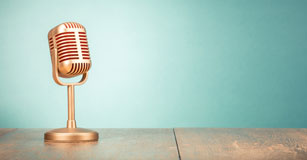
In this lesson, students craft an interview with a character from a book they are reading to demonstrate comprehension.
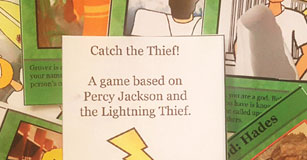
Students create a card game based on the storyline of a book they are reading.
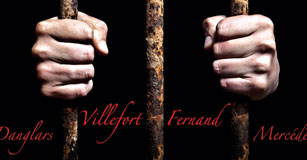
Students will create a mock social network page from the viewpoint of the protagonist or antagonist in a novel they are reading.
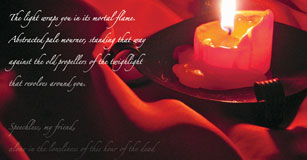
Students will create a visual, or video, poem as they analyze the imagery in a text.
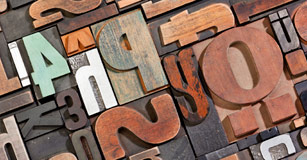
Students take the lead and design and create their own digital magazine.
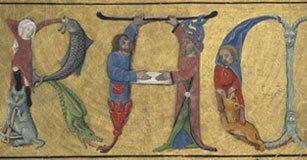
In this lesson, students create an alphabet book to share knowledge and information they have learned, organizing their writing using the ABC’s.
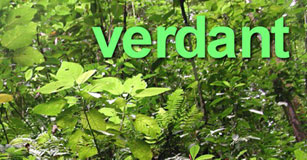
In this lesson, students create vocabulary trading cards that use images to help other students master the meaning of new words.
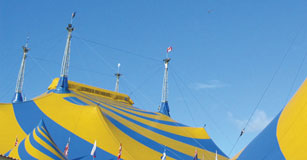
Students will develop a movie-style trailer for a book they have read.
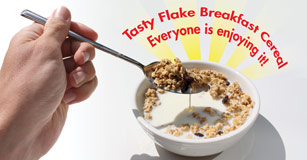
Students will build persuasive skills and media literacy as they explore techniques of propaganda and develop commercials that persuade viewers.
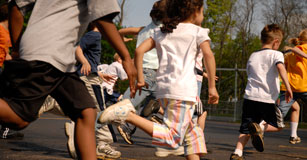
Students will research a health issue, write an essay, and transform their argument into a public service announcement.

Students will write persuasively on a conservation issue and create a public service announcement to promote their cause.
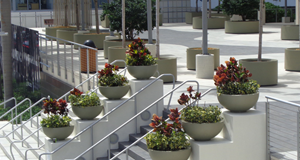
In this lesson, students craft a proposal for a pop-up plaza or parklet where community members can relax, reflect and connect.
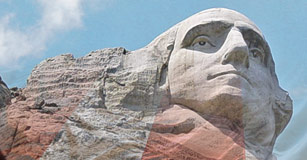
Students learn persuasive writing and presentation skills.
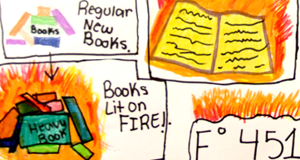
In this lesson, students share why they would save a specific book from the "firemen" in Ray Bradbury's Fahrenheit 451.
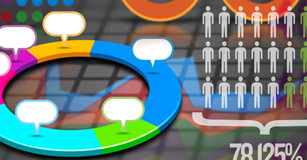
Students will create an infographic poster to share knowledge and data about an issue they are studying.
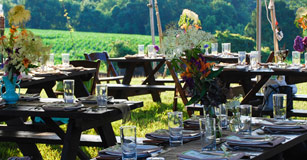
Students will plan for an event and create a proposal demonstrating how the event might look and how much it would cost.
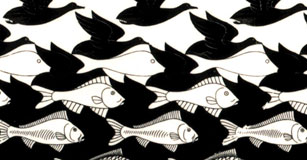
Students will create their own tessellations study the mathematical concepts of patterns, planes, symmetry, and translation.
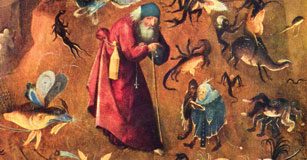
In this lesson, students use symmetry to create bizarre creatures around a self-portrait and then write a poem about the image.
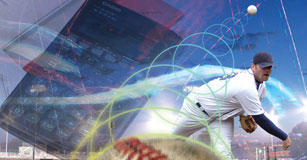
Students will create an animated video that showcases how physics concepts apply to their favorite sport.
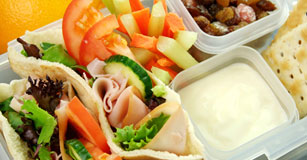
Students will learn about nutrition and create a sample menu for a week of healthy school lunches.
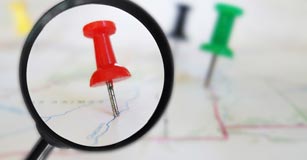
In this lesson, students create an online museum for their community.

Students develop a ceremony to honor a person or commemorate an event in history.
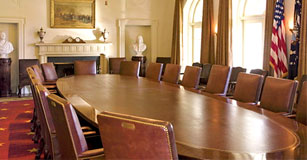
In this lesson, students nominate literary characters for each seat in the President's cabinet.
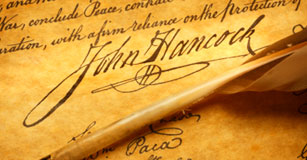
Students will research a historical person or event and retell the story as an animated interview with an artifact from that time or place.
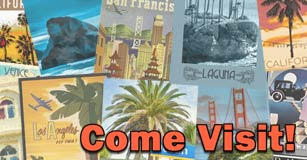
In this lesson, students develop materials to promote a specific region they are studying and make their pitch for a visit to this location at a tourism trade show.
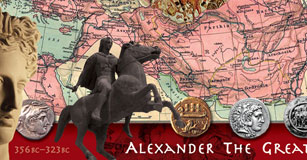
Students complete research on a historical figure and create a video biography of that person.
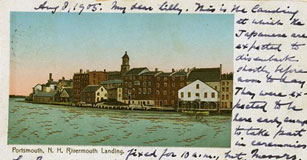
In this lesson, students will create a collection of postcards that demonstrate how different people in the past may have viewed a single event or culture and analyze the range of perspectives in all class postcards to gain a deeper understanding of history.
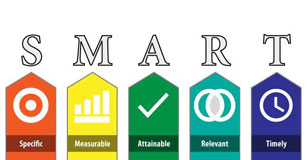
In this lesson, students set SMART goals for the coming school year, identifying action items they can complete to achieve them.

In this lesson, students create a vision board to turn their goals into words and images that represent what life will look and feel like when they reach them.
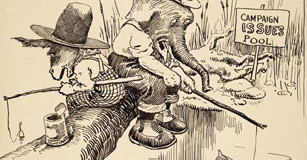
Students will analyze and share the history of a political cartoon and then create their own cartoon about a current event.
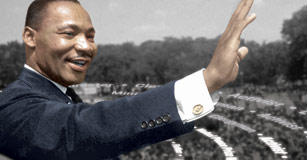
Students will learn about the life of a famous person and create non-fiction porfolio about the individual.
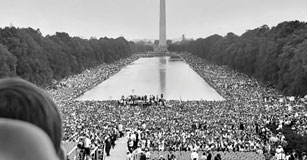
Students will create a historical journal from a fictional character's point of view.
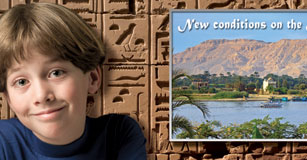
Students create a news broadcast while studying ancient civilizations.
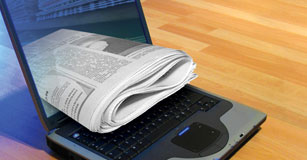
Students will create a daily newspaper edition to learn about the politics and culture of ancient Rome.

Wixie
Share your ideas, imagination, and understanding through writing, art, voice, and video.

Rubric Maker
Create custom rubrics for your classroom.

Pics4Learning
A curated, copyright-friendly image library that is safe and free for education.

Wriddle
Write, record, and illustrate a sentence.

Get creative classroom ideas delivered straight to your inbox once a month.
Topics